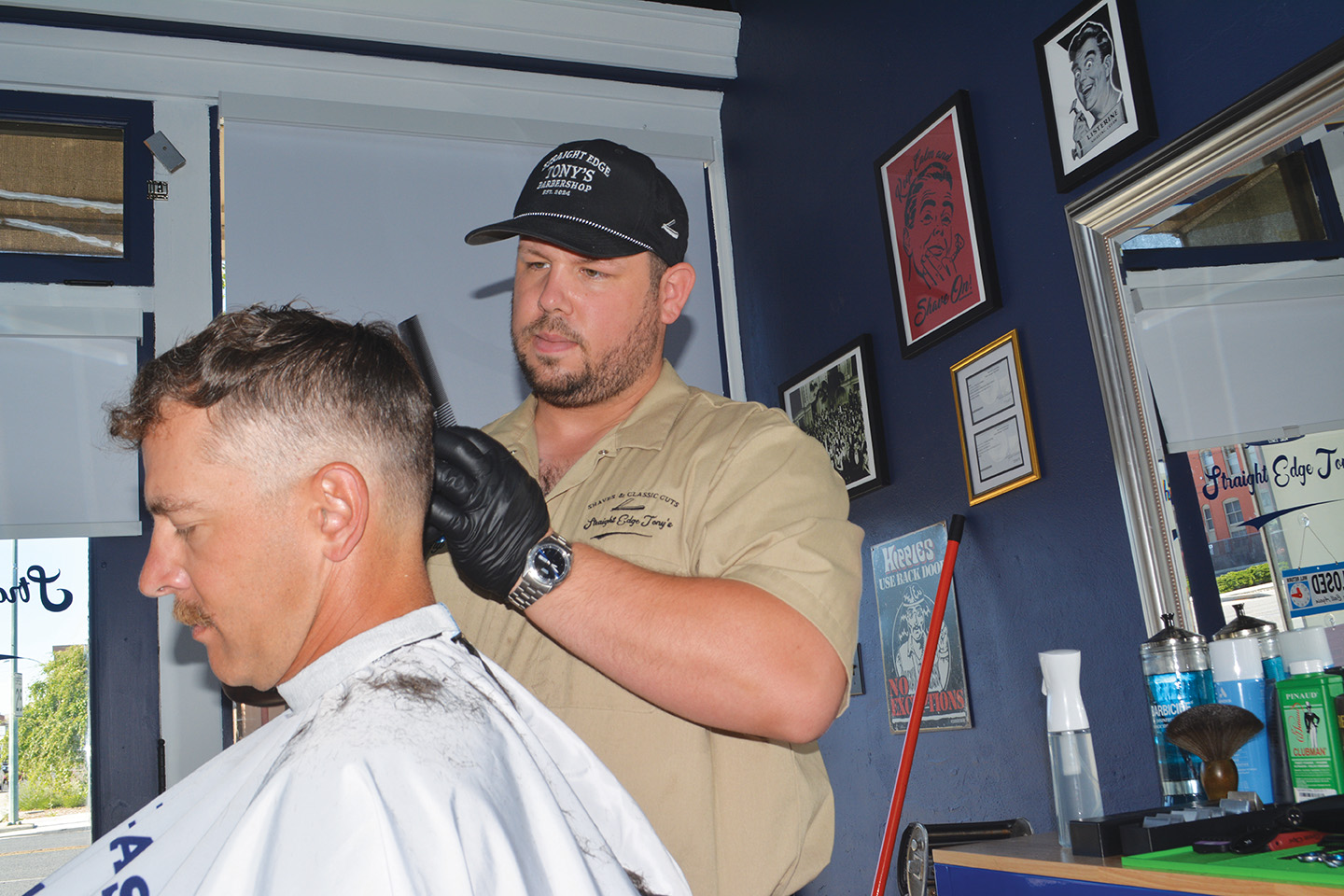COLUMN: Lamenting the potential loss of the classic Oregon rivalry
Published 8:18 am Monday, December 4, 2023
If any photo featuring two people dressed in costumes with comically oversized heads and bodies could be poignant, this photo was the one.
I felt a certain moistness in my eyes, a slight tightening of my throat, when I saw it.
The photographer was standing just behind the pair.
On the left was Puddles, the Donald Duck-lookalike mascot for the University of Oregon.
To his right stood Benny the Beaver, representing Oregon State University.
Their shoulders (or whatever that part of the anatomy is called in ducks and beavers) touched.
The Duck’s right arm — ducks do not, technically speaking, have arms, but bear with me) was draped on Benny’s shoulder.
Benny’s left arm was likewise clutching Puddles.
It was as if they were a couple, on their way to dinner or a movie.
But in fact these two mascots, and the universities for which they have for decades served as iconic, if slightly silly, symbols, might not meet again for many years.
The photo was taken the night of Nov. 24 at Autzen Stadium in Eugene, following the Civil War football game.
Oregon, my alma mater, had just administered to Oregon State the sort of thumping that I find immensely gratifying.
Yet as happy as I was with the 31-7 win, that photo reminded me that the game also might have marked the severing of a connection between these two universities, just 40 miles apart, that dates to the 19th century.
This bothers me considerably more than I expected it would.
I didn’t understand the depth of my disappointment until I saw that photo.
The Ducks and Beavers have battled on the football field 127 times since the first tussle in 1894.
(Grover Cleveland was on his second stint as U.S. president, if that helps put the period in context.)
Only six college football rivalries boast more contests.
And no two schools have played each other more often in men’s basketball — Oregon and Oregon State have competed on the court 363 times.
But the rivalry is in jeopardy.
The Pac-12 conference, to which both universities belonged, has disintegrated.
Conference officials botched negotiations for television rights — a major source of revenue for schools’ athletic departments — and other, more competently managed conferences have poached most Pac-12 members.
USC and UCLA defected first, announcing in 2022 that they would join the Big 10 in 2024.
Oregon and Washington announced this past summer that they would do the same.
Soon after, Colorado, Utah, Arizona and Arizona State pledged to join the Big 12 conference in 2024.
Then Stanford and Cal announced they were migrating to the Atlantic Coast Conference.
That left two — Oregon State and Washington State.
Football and men’s basketball coaches from Oregon and Oregon State have said publicly that they’d like to continue the rivalry even though the schools will no longer be in the same conference.
At best, that would mean the football game, traditionally the last on the conference schedule, likely would be played in September rather than November or early December.
It would be strange, indeed, to watch the Ducks and Beavers play on a hot late summer afternoon rather than on a chilly late fall day, as was the case this year.
But any game is better than none.
A few days before this year’s Civil War I spent 20 minutes or so leafing through a thick book that chronicles the history of Oregon football — the “University of Oregon Football Vault.” My older children, Rheann and Alexander, gave it to me as a Christmas gift a few years ago.
For a Duck fan it’s a fascinating book.
It includes replicas of tickets and programs and posters from games dating to the early 20th century. The contrast between that era, when players had no helmets and at most rudimentary padding under their uniforms, and today’s high-tech and lavishly decorated gear, is jarring. The modern sport has little in common with that time other than the name.
But as I went through the book I lingered on the pages describing games against the Beavers.
So many of them.
I doubt any major sporting event in Oregon history has been such a reliable marker of the passing of time.
Since that first game 129 years ago, the Ducks and Beavers failed to play in just five years — 1900, 1901, 1911, 1943 and 1944 (the latter two canceled, understandably, due to World War II).
The teams partially made up for those missed years by playing twice in 1896 and, with the war over, in 1945.
The schools haven’t missed a season since 1944.
In 2020, during the pandemic, they played in a Reser Stadium in Corvallis devoid of fans.
But they played.
As a U of O alumnus, the Civil War has always been for me the biggest game of the season.
Even in the two seasons when Oregon played in the national championship game (2010-11 and 2014-15), the loss in those games bothered me somewhat less because the Ducks had beaten the Beavers.
A rivalry, of course, requires two foes.
That photo of the mascots reminded me that as vehemently as I root against Oregon State — and not only when Oregon is the opponent — what matters to me even more than watching my beloved Ducks whip the Beavers is knowing that, come the short days of late autumn, the teams will take to the field as they have done so many times, long before I or my parents or even my grandparents were born.
Tradition is important, or it ought to be.
And I lament its demise, as I do the loss of anything I care about.








